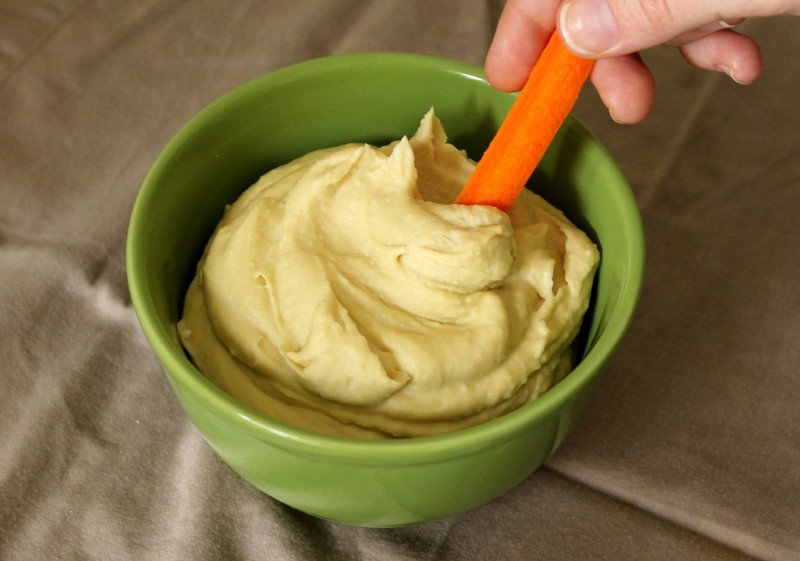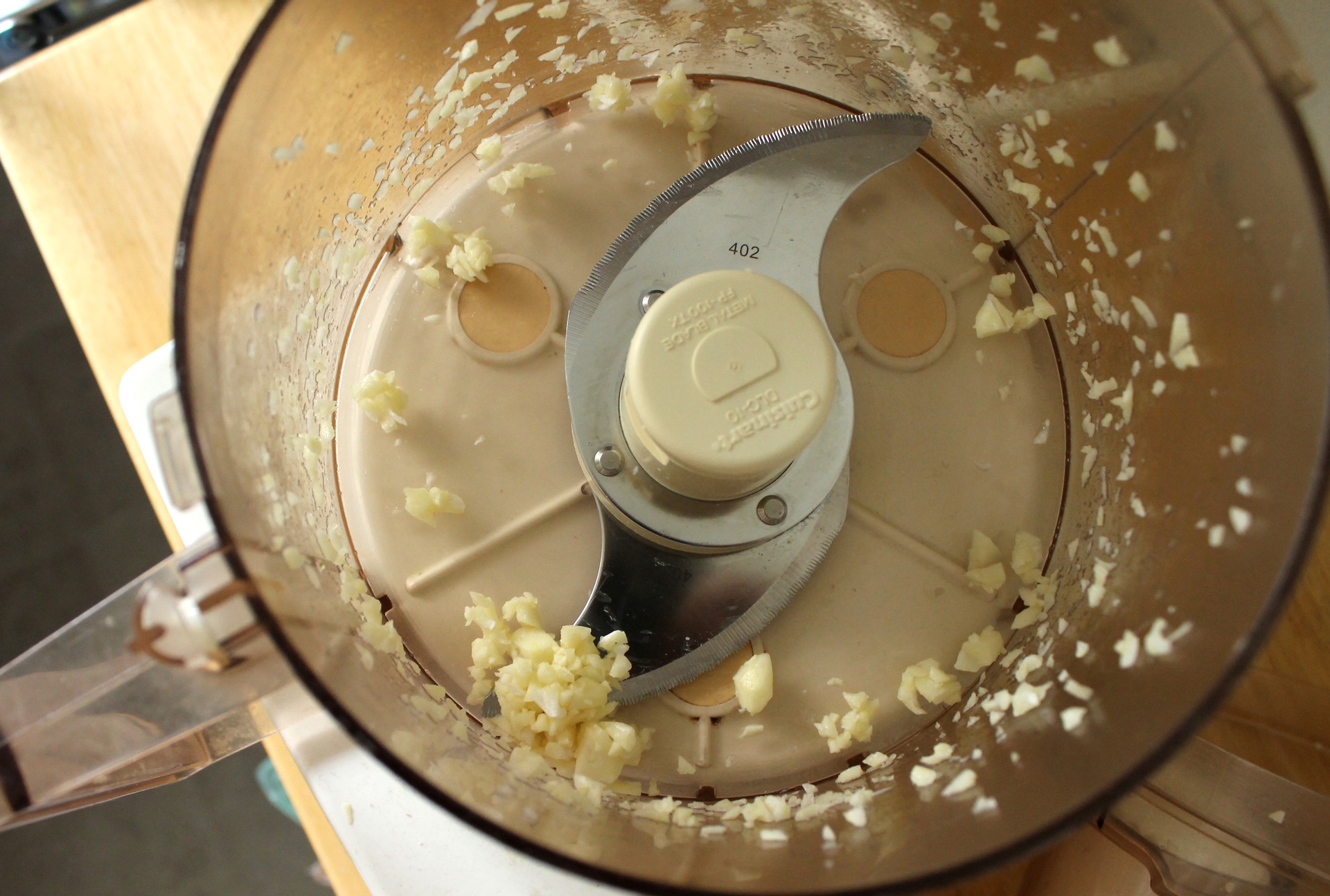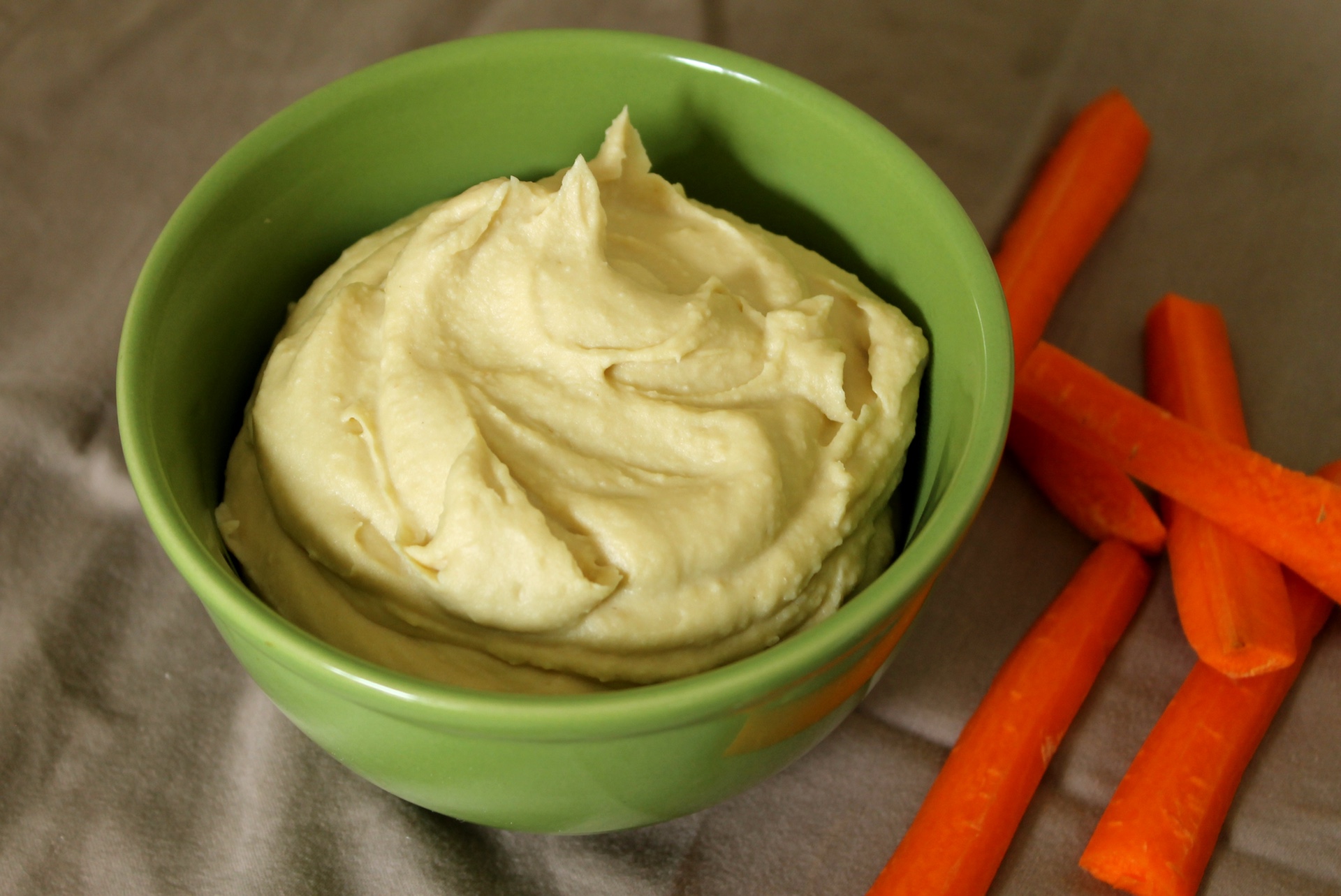Making hummus at home is not difficult; I’ve been making my own hummus since college. Most of those recipes required a can of chickpeas, some olive oil, and a drizzle of tahini from a rogue jar stuck in the back of my refrigerator. But those experiments were never really any better than what I could find at the store.
Then I discovered the silky smooth hummus in Yotam Ottolenghi and Sami Tamimi’s Jerusalem cookbook. That recipe was unlike anything I had made before. It began with dried chickpeas and included almost as much tahini as beans. The real secret was to first cook the chickpeas — dry — with a touch of baking soda. This step roughs up the exterior of the beans and encourages the skins to slip off. (The skins, hummus making veterans agree, create those small grainy lumps in the finished product.) After adding water, many of the skins float to the surface, where they can be skimmed off. Plus, the alkalizing effect of the soda makes the beans cook extra fast and (supposedly) makes them more digestible.
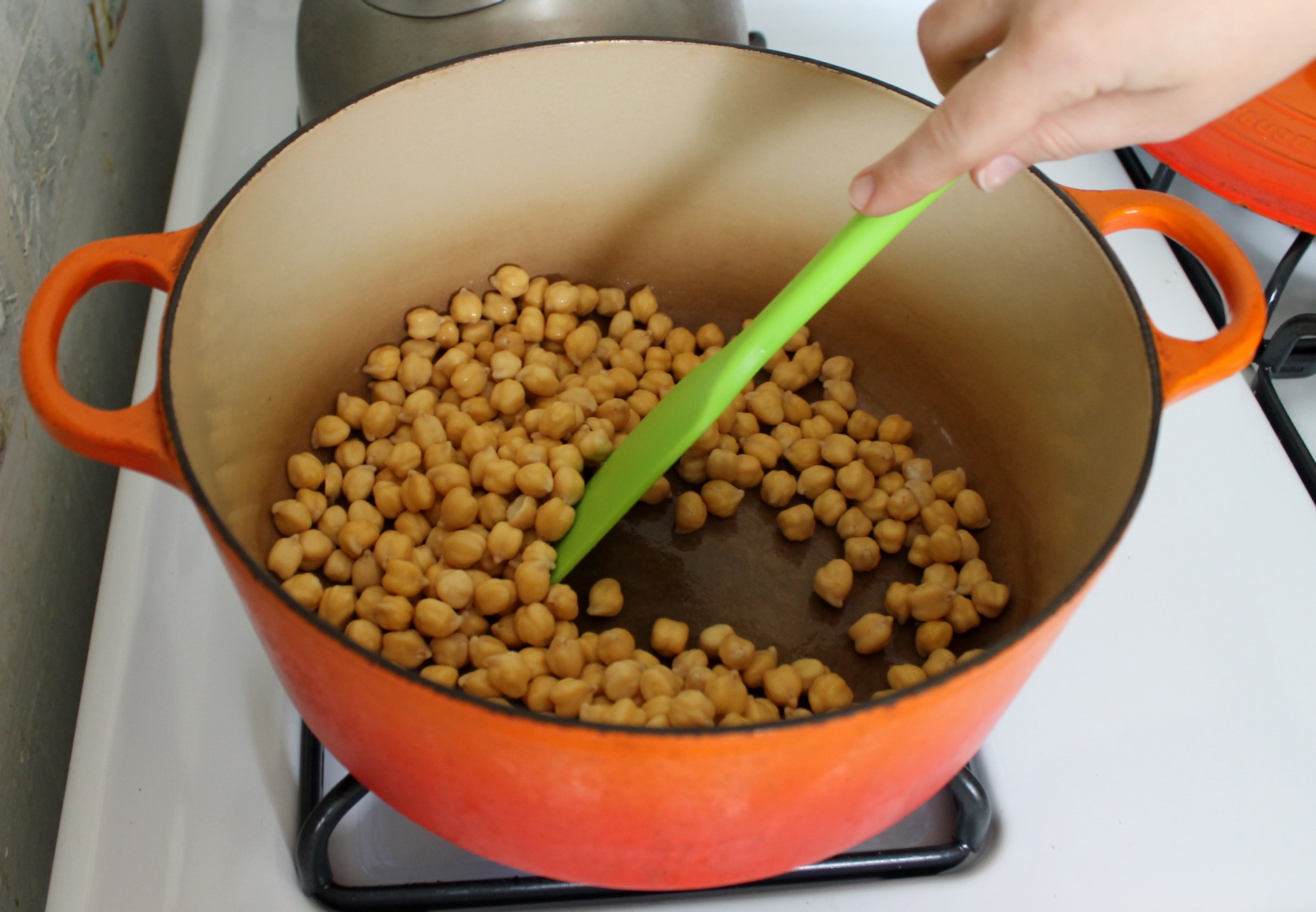
Over time, I have modified the Jerusalem recipe. I prefer my hummus with less tahini and the addition of high-quality olive oil. You can taste the chickpeas better this way, but you’ll still get the awesome texture of the original.
To start, you’ll want to soak a cup of dried chickpeas in cool water overnight. I have made the hummus using “quick-soaked” beans, which are made by bringing the dried beans and water to a boil, removing them from the heat, and letting them sit until cool. However, I think the texture of the hummus is better when made with chickpeas soaked overnight.
The next day, drain the chickpeas and pour them into a pot. I like to use a deep Dutch oven because the water will foam up dramatically as the beans boil; spillovers are not fun. Add baking soda and give the chickpeas a good stir. Then place the pot over medium-high heat and cook, stirring constantly, for a few minutes. This step will help to loosen the skin and jump-start the cooking.
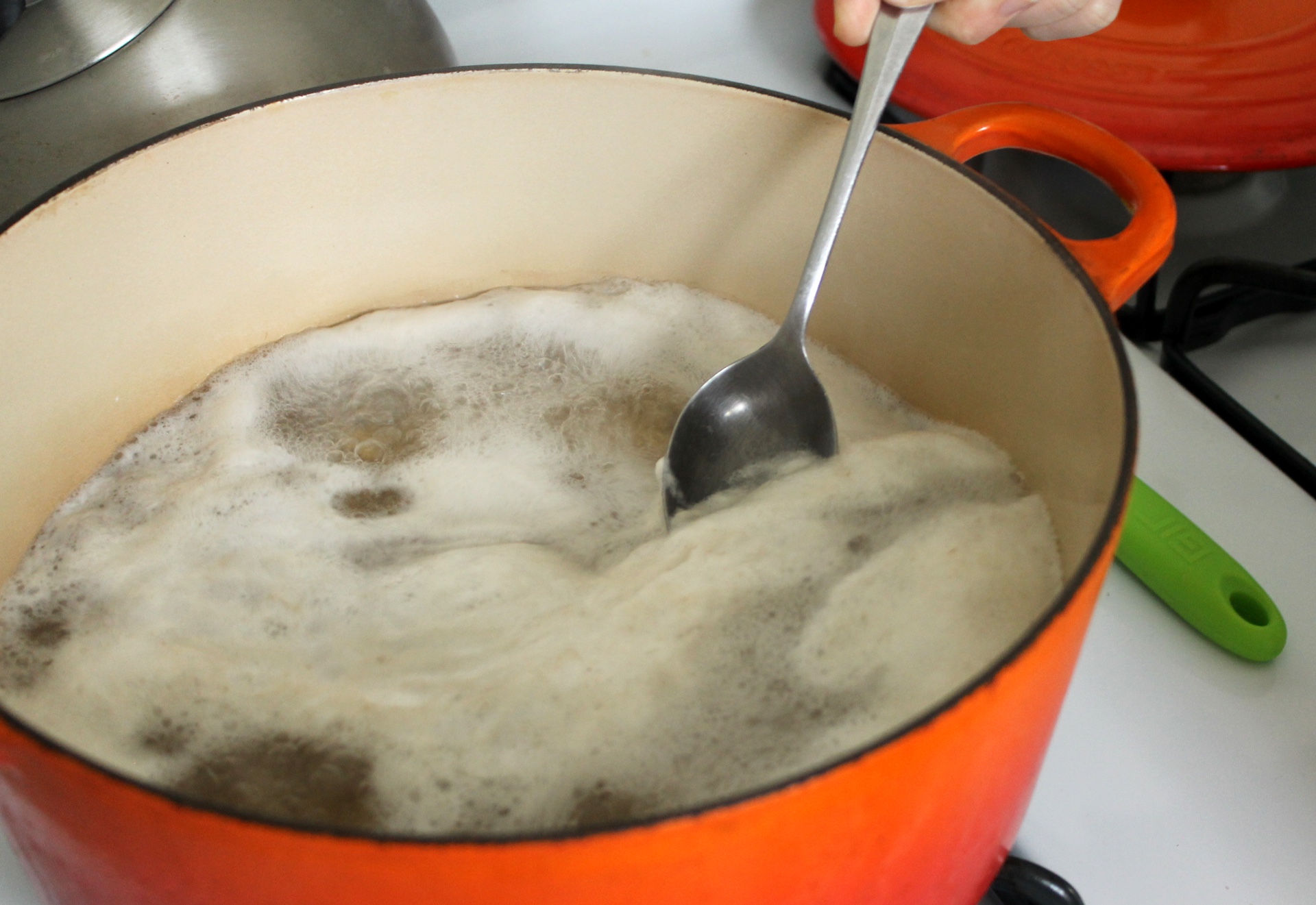
Add about 6 cups of water and bring the whole thing to a boil over high heat. Once it reaches boiling, keep it there. Don’t reduce the heat to a simmer as instructed in just about every other dried bean recipe. You want that rapid boil to knock off those skins.
